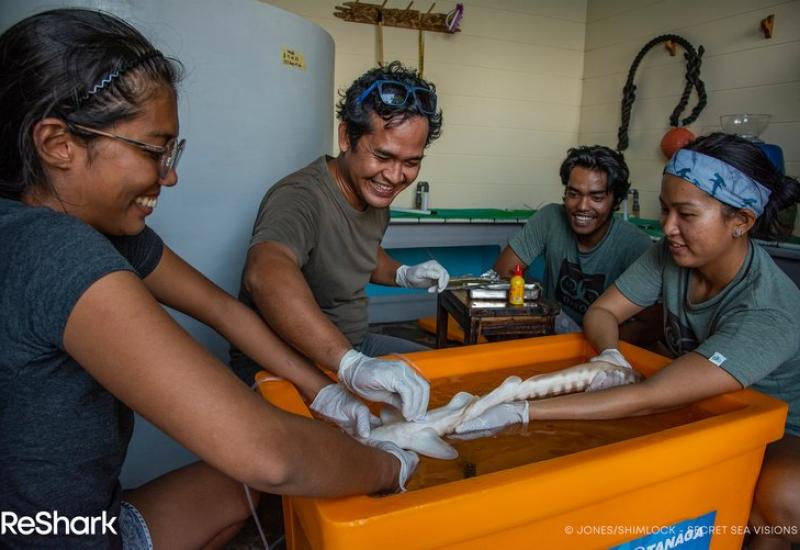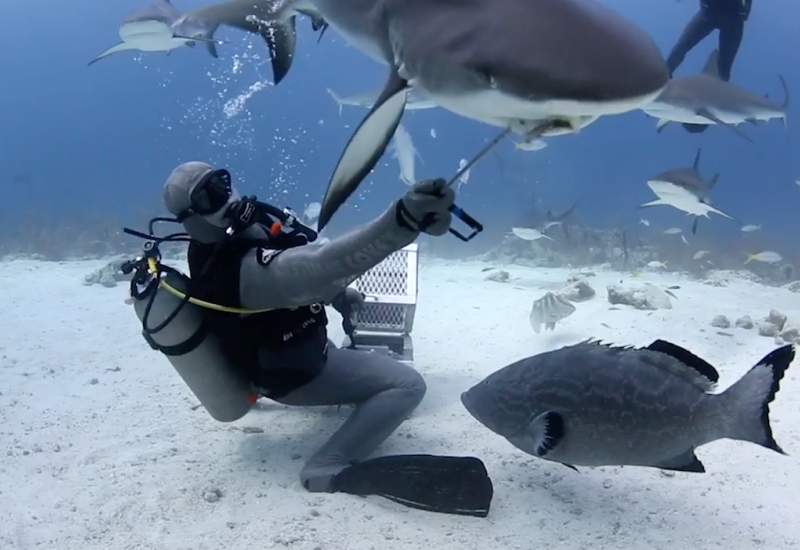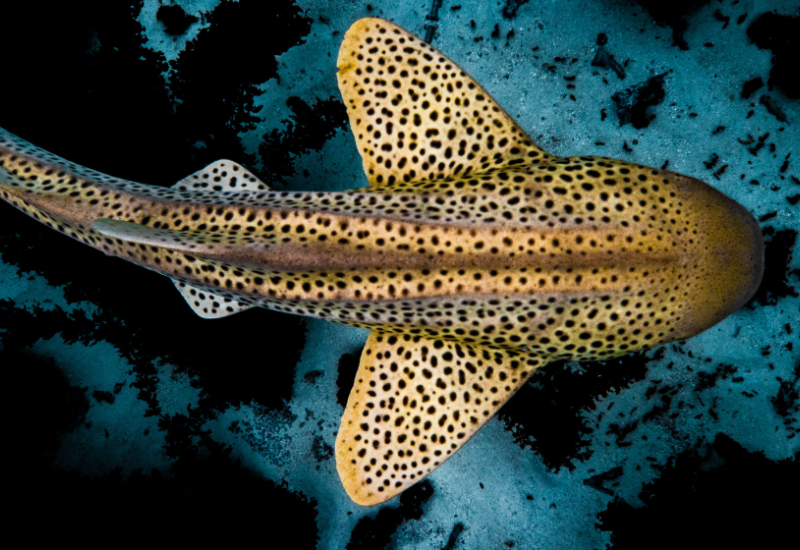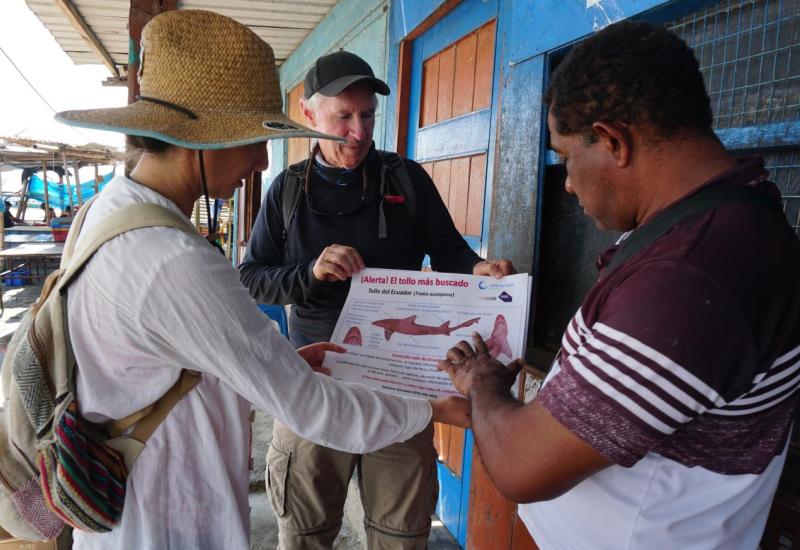Where (and When) to Dive with Blacktip Reef Sharks
The blacktip reef shark is named both for the signature marking on the edge of its fin and its preferred habitat. Blacktips tend to hover only several feet below the surface, sticking close to a single area amid shallow reefs, making them easily accessible to snorkelers and divers alike. Such proximity to humans is good news for divers, but often less so for the sharks; blacktip reef sharks are one of the most common sharks globally but are considered “near threatened” because of coastal development pressures and hunting for fin soup.
Small for sharks (ranging from 66 to 220 pounds), blacktips tend to hang out in groups. This makes for great encounters and underwater shots—if you’re not too noisy. Blacktips are typically timid and can sometimes be scared away by scuba divers’ bubbles. They can be found in warm regions of the Indian Ocean, Red Sea and the Pacific Ocean, giving divers a wide variety of places to seek this encounter.
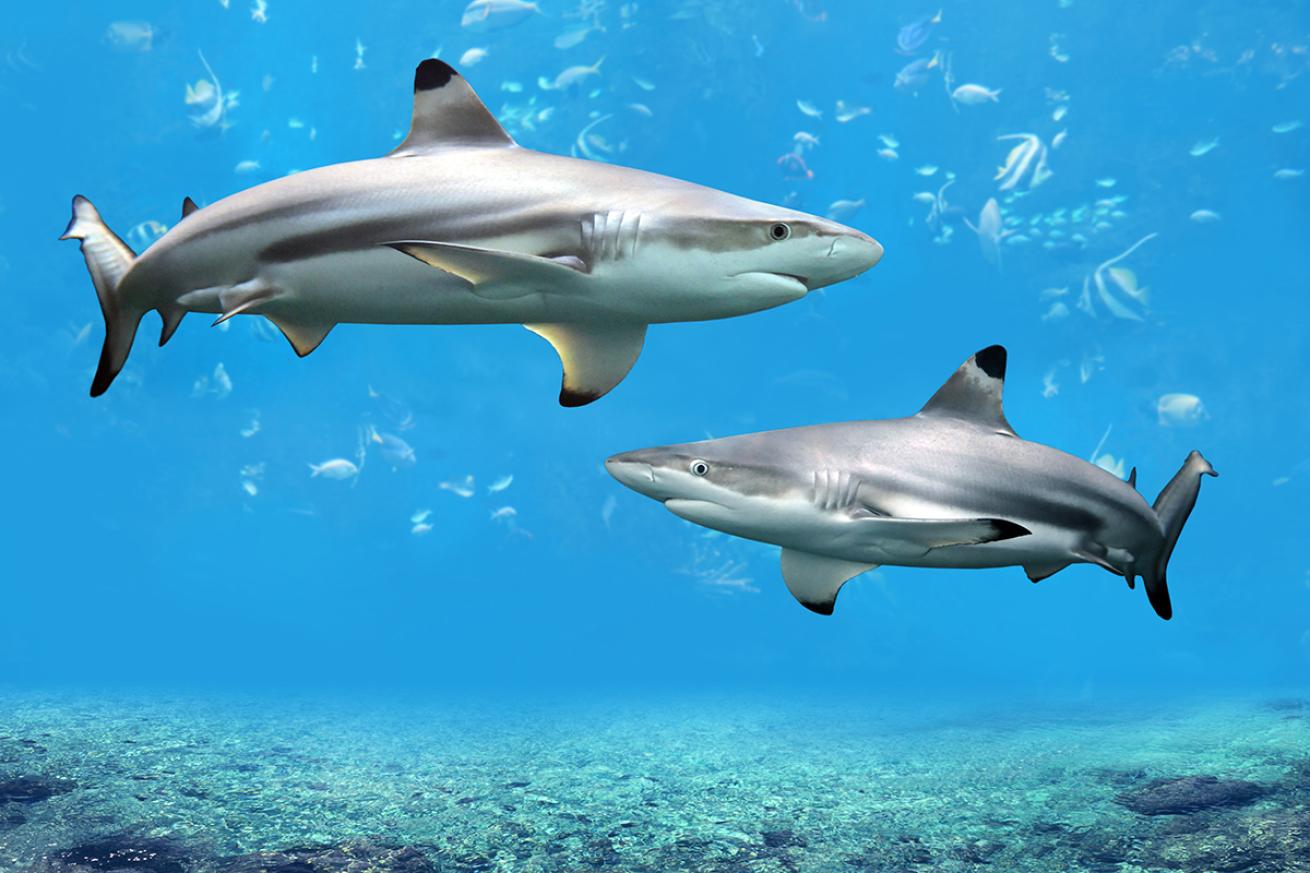
Shutterstock.com/Gino Santa MariaBlacktip reef sharks tend to cluster with other blacktips, making encounters even more striking.
1. Thailand
Koh Tao, an island off Thailand’s southern coast, is a popular home base for blacktip reef sharks. Crystal Dive, an operator on the island, offers dives in Aow Leuk, a nursery for young blacktip reef sharks where they swim among nudibranchs and anemones. A popular global destination for divers to get open water certified, Thailand’s dry season runs from November to mid-March.
2. Sri Lanka
Blacktip reef sharks swim in biodiverse waters around this island nation, just above the equator in the Indian Ocean. Sri Lanka Diving Tours on the country’s east coast offers excursions to Coral Island and Pigeon Island National Park, where the sharks often swim. May to October is the dry season on Sri Lanka’s east coast, and it’s recommended to visit at this time to avoid Sri Lanka’s two monsoon seasons.
3. Bahamas
The waters around Nassau are a popular spot for blacktip reef sharks to hang out, and divers report spotting them during shark dives offered by Stuart Cove's. Topside conditions are best from November—avoid hurricane season from June to October.
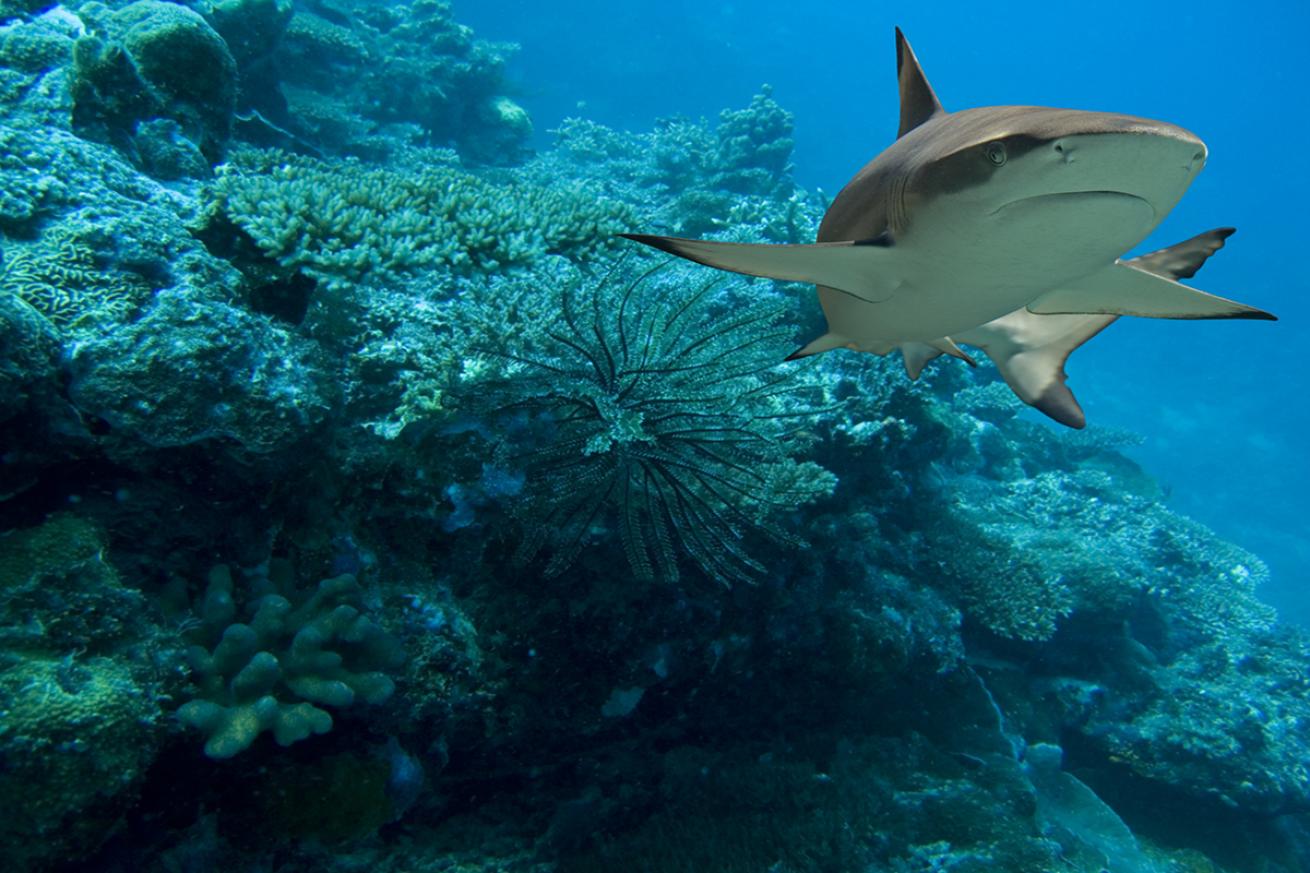
Shutterstock.com/Ian ScottBlacktip reef sharks tend to have a small home habitat, hanging around one reef for years.
Love scuba diving with sharks? So do we—get the full shark low down here.
4. Australia
Blacktips are incredibly common on Australia’s Great Barrier Reef, making the international diving mecca a great place to log this encounter. Cyclone season runs from November to April in the north, but Australian diving is generally considered a year-round activity, upping the ease of spotting a blacktip reef shark Down Under.
5. Philippines
Ticao Island (one of more than 7,000 that form the nation) is a known blacktip pad. Dives start just five minutes offshore at Ticao Island Resort, and you can dive year-round. Keep in mind that weather conditions impact dive conditions—April through June is the dry season, and monsoons strike different islands between December and March and July through November.
6. Micronesia
Manta Ray Bay Resort and Yap Divers in Micronesia guarantees blacktip shark sightings during any dive package because blacktips call every one of the region’s dive sites home. You can dive the island nation any month, but travelers should keep an ear out for typhoon warnings.
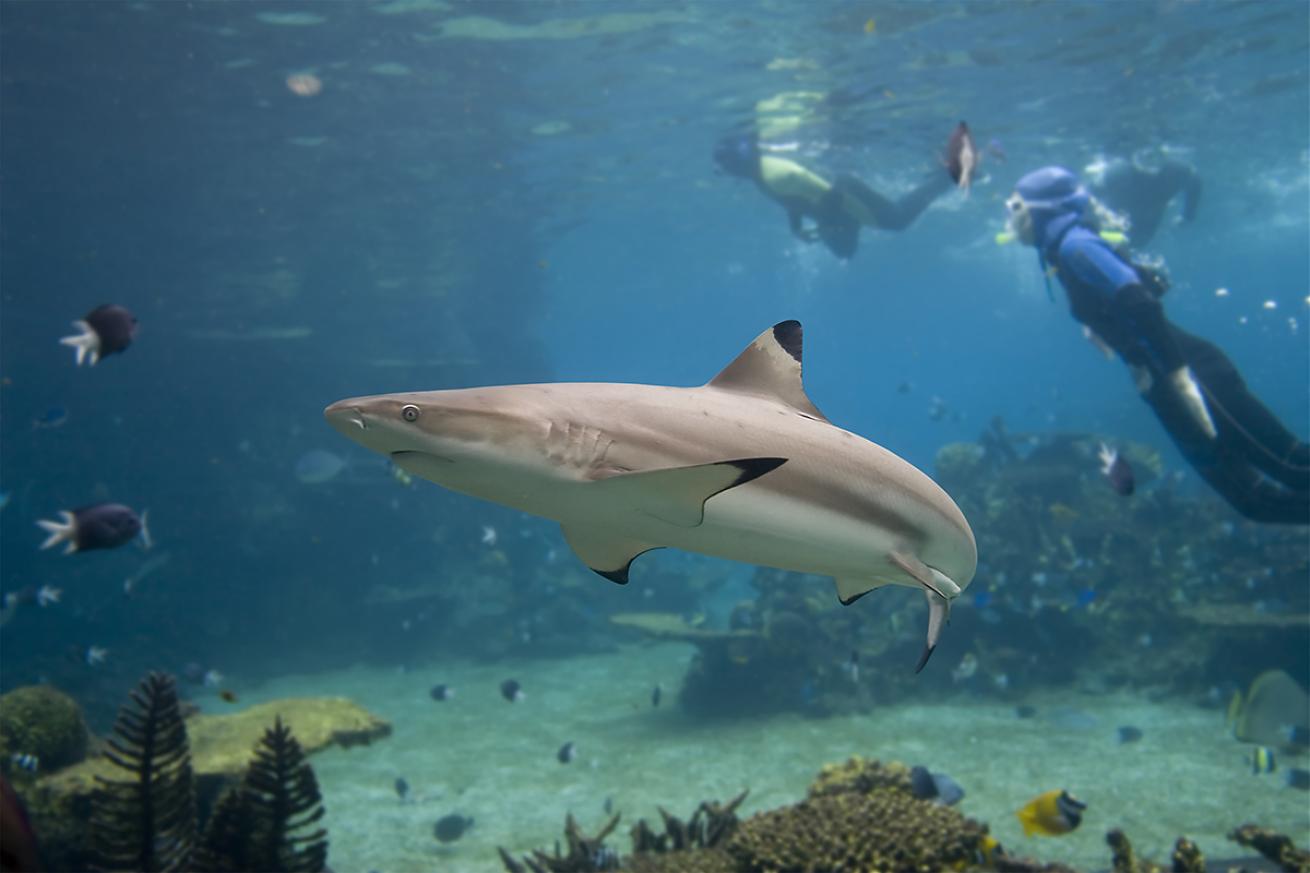
Shutterstock.com/Ian ScottEven snorkelers have the chance to spy a blacktip reef shark—they usually stay less than 7 meters deep.
7. Egypt
Blacktips inhabit reefs throughout the Red Sea year-round, and Egypt’s sundry scuba scene offers a diverse base for any dive trip. Avoid scorching summer heat by visiting from fall through spring, though diving is accessible any time of the year.
Want More Shark Diving?

